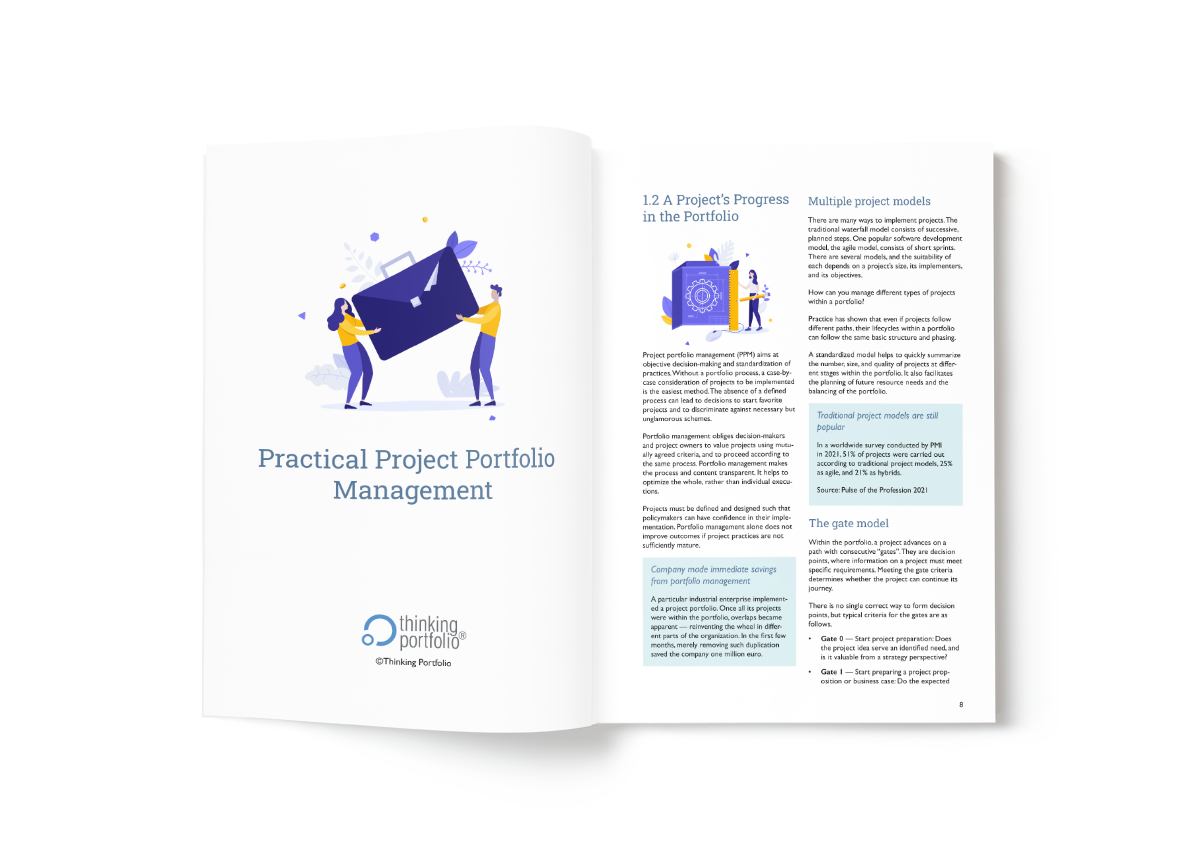No project is immune to risks, irrespective of how well planned it is or how capable the teams behind it are. Project risk evaluation is an essential aspect of project management these days. These evaluations are usually time-consuming and need to be performed in a specific way. But in this post, we help you with doing it in under 5 minutes.
Some common truths about project risks that you must know
It is imperative you understand that there is no dearth of information when it comes to project risks. However, the vast majority of this information is complex and needs some time and effort for assimilation. Each and every industry has its own best practices for risk management. These practices can be subtly different from one industry to another. Additionally, the extent of risk evaluation can vary based on each individual project’s needs. So, if you are looking to save time in risk evaluation, you can do so by sacrificing the depth of risk evaluation. This might not be possible for all projects, so carefully decide on it.
Leveraging the risk register
The first step in expediting project risk evaluation would be to obtain the existing risk register template and impact/probability ratings. This will save you a whole lot of time, as more often than not, most of the work is already done for you.
It is crucial that you keep the risk register updated continuously. With each and every project risk evaluation, the risk register is bound to change. For an accurate risk evaluation, everything from the uncertainty to the causal factors needs to be thoroughly analyzed.
Some terms that come in handy during working on the risk register are:
- Probability: The chances of a particular risk occurring.
- Impact: The changes that a particular project will undergo should a risk occur.
- Risk score: Multiplication of impact and probability will give the risk score.
Qualitative vs. Quantitative risk analysis
A detailed evaluation of the risk register involves two types of analysis. One is qualitative risk analysis and the other one is quantitative risk analysis. Qualitative analysis refers to the prioritization of risks in terms of impact and probability of occurrence. Quantitative analysis, on the other hand, refers to the numerical assessment of risk effects on the entire project. If you are looking to complete your project risk evaluation in 5 minutes, you are better off doing the qualitative analysis.
Quantitative risk analysis should be performed only when there is a need for detailed information. Until and unless the project decisions need that level of detail, quantitative risk analysis can be skipped. It is imperative that you understand that quantitative risk analysis is not a must. While qualitative risk analysis is subjective, its time requirement is very less compared to the quantitative risk analysis.
How qualitative risk analysis helps in project risk evaluation?
As qualitative risk analysis is based on the prioritization of risks, the level of uncertainty goes down significantly. Additionally, qualitative risk analysis helps you in dealing with high priority risks, which can seriously affect the project outcomes.







